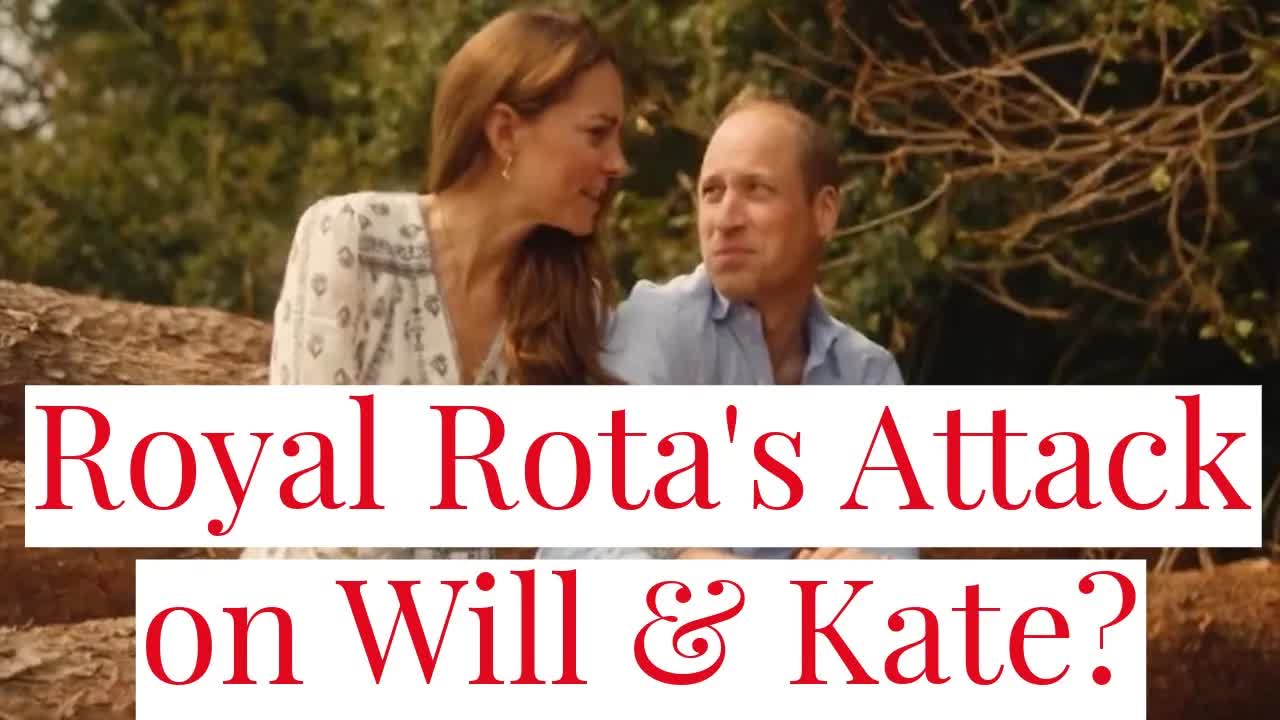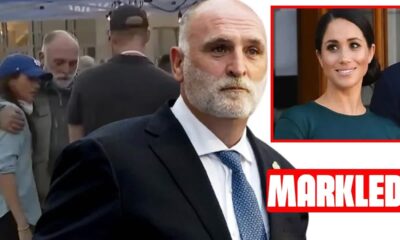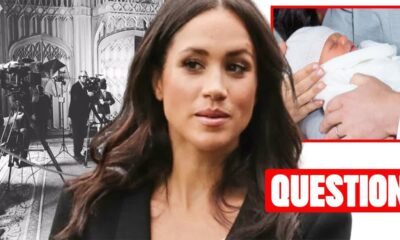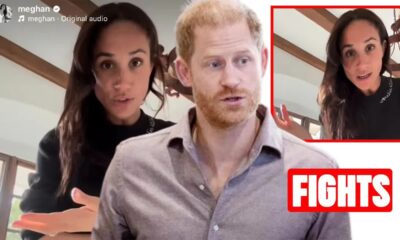Must Read
Navigating the Royal Narrative: Catherine’s Cancer Video Sparks Controversy
In the world of royal commentary, few topics ignite as much debate as the portrayal of the royal family in media.
Recently, Catherine's poignant cancer video received mixed reviews, prompting a flurry of responses from royal observers.
While many praised the heartfelt message, some critics, particularly from the Royal Rota, voiced concerns that reveal deeper tensions within royal reporting.
Richard Eden, a prominent figure in royal journalism, sparked controversy with his remarks on the video.
He noted a conspicuous absence of King Charles and Queen Camilla from the footage, suggesting that their portrayal would differ significantly from the affectionate display of Catherine and William.
Eden claimed that the royals would never be seen engaging in such casual displays of affection, likening it to an unregal approach.
Yet, one has to wonder—what does being “regal” even mean in today's context?
Critics further argued that the video's tone was overly intimate and reminiscent of teenage antics, questioning its authenticity and sincerity.
One source lamented that instead of showcasing personal moments, Catherine could have used her platform to highlight the experiences of other women battling cancer, drawing a comparison to the late Princess Diana's charitable approach.
However, this perspective seems to overlook the evolution of royal representation in modern times.
The royal family is navigating a new landscape since the departure of Harry and Meghan in early 2020, followed by the pandemic and the passing of Queen Elizabeth II.
With the old guard stepping back, there's an undeniable push towards modernization.
As the monarchy adapts, the question arises: how do they balance tradition with contemporary expectations?
Eden's concerns about the video's polished production evoke another layer of criticism.
Why should a well-crafted video be viewed negatively?
In an age where presentation matters, one might argue that the quality of the content should be celebrated rather than scrutinized.
After all, isn't it essential for the royals to engage effectively with the public?
Further complicating the narrative, a Telegraph editor suggested that Catherine should publicly acknowledge her medical team in the video.
This raises a critical point about privacy; why must she expose her treatment journey to validate her experience?
The expectation that she should showcase her vulnerabilities on camera feels both intrusive and unrealistic.
Catherine's choice to depict a hopeful future rather than dwelling in her struggles can be seen as empowering.
After all, why shouldn't she project strength and optimism as she navigates her health challenges?
The imagery of walking through a wheat field, while seemingly idyllic, serves as a metaphor for resilience and hope—a stark contrast to the media's desire for sensationalism.
The dynamics between the royal family and the media are shifting.
Historically, the Royal Rota held significant sway over royal narratives, but social media has changed the game.
Royals now have direct access to the public, allowing them to craft their stories without relying solely on traditional outlets.
This newfound autonomy may explain some of the media's unease regarding Catherine and William's control over their narrative.
As the royal family explores this new territory, the media's reaction reflects a sense of displacement.
The Royal Rota's authority appears to be waning, leading to discomfort among those accustomed to being the primary source of royal news.
This shift presents an opportunity for a more diverse range of voices and perspectives surrounding the monarchy.
Looking at other royal families, such as Spain's, which effectively uses social media to share real-time updates, one can see the benefits of such an approach.
A more transparent and engaging relationship with the public could enhance the monarchy's image and foster goodwill.
As Catherine and William navigate their roles, adopting similar strategies could prove beneficial.
Despite the backlash, Catherine's video remains a powerful testament to her journey.
It's a reminder that vulnerability can coexist with strength, and that the royal family is capable of evolving.
As they forge ahead, the challenge lies in maintaining a balance between tradition and modernity, ensuring their narrative resonates with both the public and the press.
The ongoing dialogue about royal representation underscores a broader cultural shift.
As societal norms evolve, so too must the monarchy adapt to remain relevant.
Catherine's video, while met with criticism, ultimately reflects an important moment in this ongoing transformation—a chance for the royals to redefine their connection with the public in a meaningful way.




















